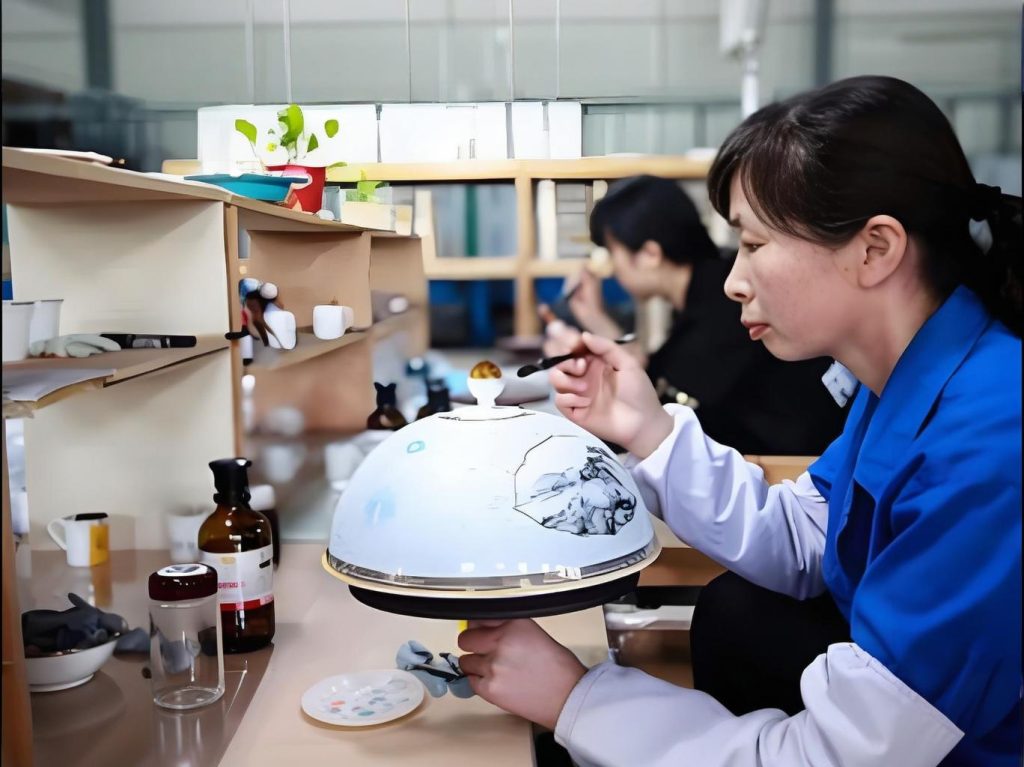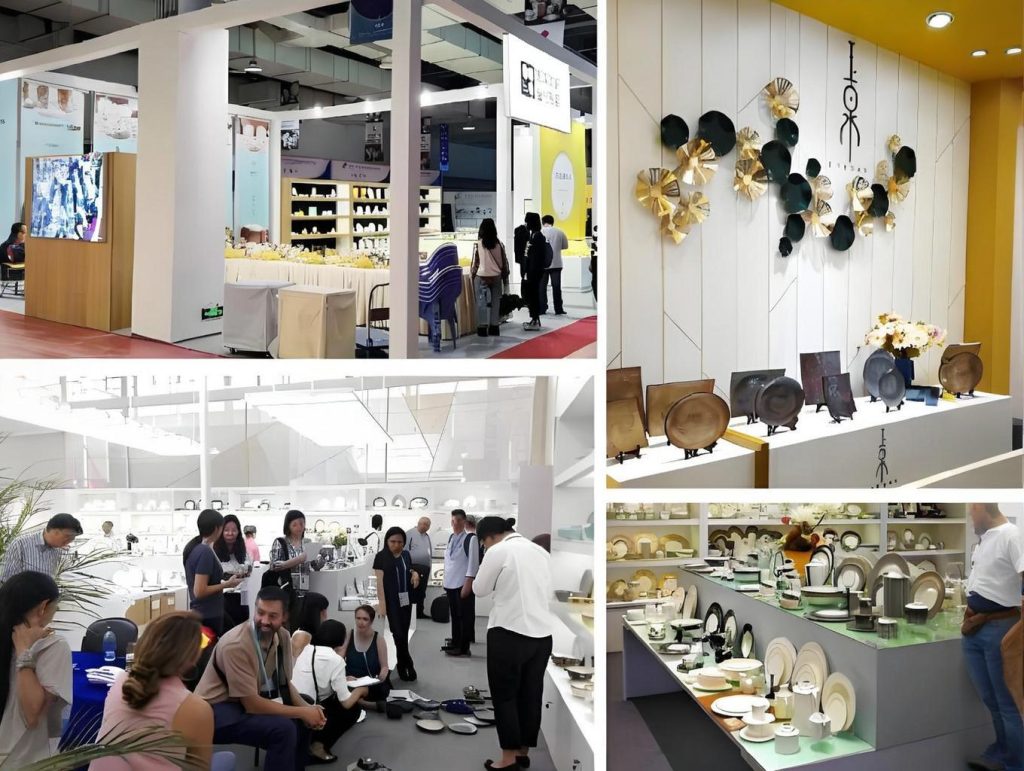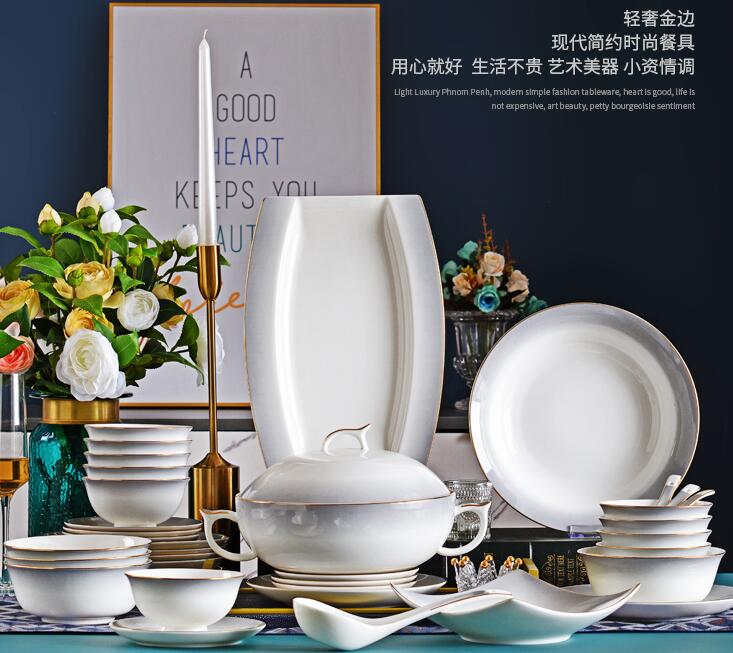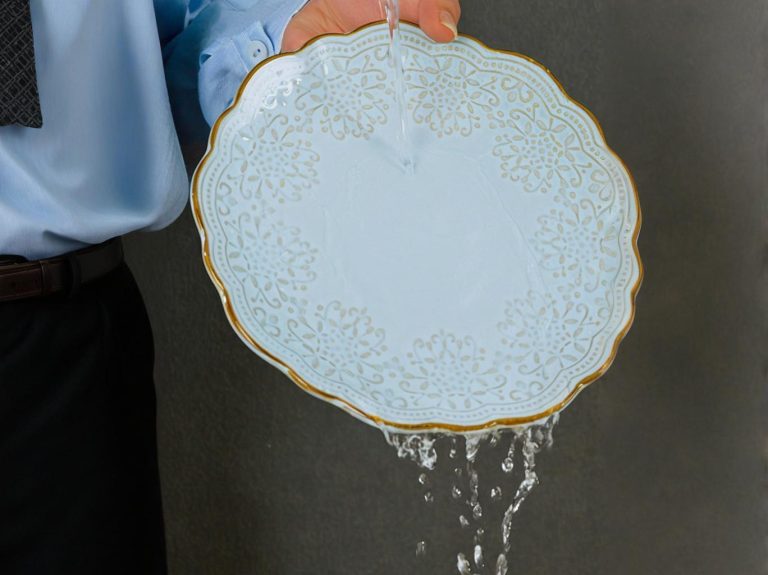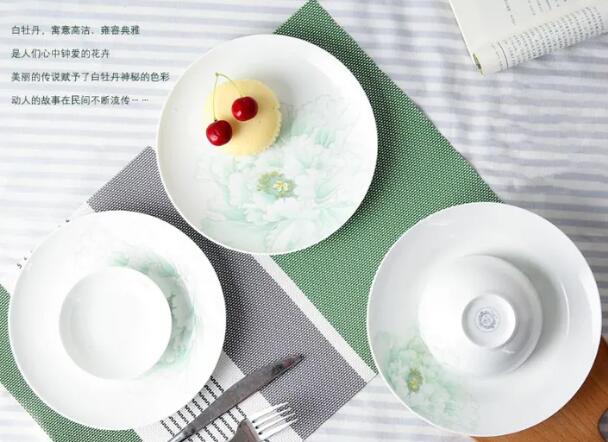Plating techniques for roasted spring chicken with mustard seeds
Ingredients: eggplant, cauliflower, carrots, bell peppers, garlic, spring chicken.
Instructions: Place the spring chicken and vegetables into the oven and roast at 200°C for about 18 minutes, until the skin of the chicken turns golden brown.
Scene 1: Roasted Spring Chicken with Four Accompanying Sides
For roasted chicken dishes, a large plate is usually chosen to display the entire bird. In this case, a square white plate is used, with the spring chicken placed in the center. Four different sides, each with distinct flavors, are arranged at the four corners, allowing the flavors to stay separate while presenting a clean and elegant style.

Plating Method
①Arrange semi-circular slices of eggplant, cauliflower, and carrots slightly overlapping in the upper left corner of the plate. Place bell peppers and cauliflower in the upper right corner.
②Position the spring chicken in the center of the plate. In the bottom right corner, place a roasted garlic bulb.
③In the bottom left corner, add a mustard seed-based paste.
④After placing the sides in the four corners, sprinkle sea salt on the spring chicken and drizzle olive oil around the plate. This not only enhances the texture of the sides but also adds visual contrast to the presentation.
Scene 2: Red Wine Spring Chicken, Plate Division Technique
Use a slightly grooved round plate to prevent the sauce from spilling. Let the sauce divide the plate into two sections—place lighter, more refreshing sides on the sauce-free side.

Plating Method
①Pour mustard seed red wine sauce onto the bottom half of the plate, covering roughly half of the surface. There’s no need to cover the entire plate, allowing the top and bottom halves to have different base colors. Arrange three florets of cauliflower in the top half, alternating colors to enhance visual appeal. Place carrot and bell pepper slices among the cauliflower.
②Position the spring chicken on the sauce in the bottom half, near the right side where the vegetables are placed, and add eggplant.
③For a touch of brightness, garnish the vegetables with two edible flowers. Top the spring chicken with rosemary and sprinkle sea salt to enhance the flavor. Finally, drizzle olive oil over the vegetables.
If you have any questions or need to custom dinnerware service, please contact our Email:info@gcporcelain.com for the most thoughtful support!

